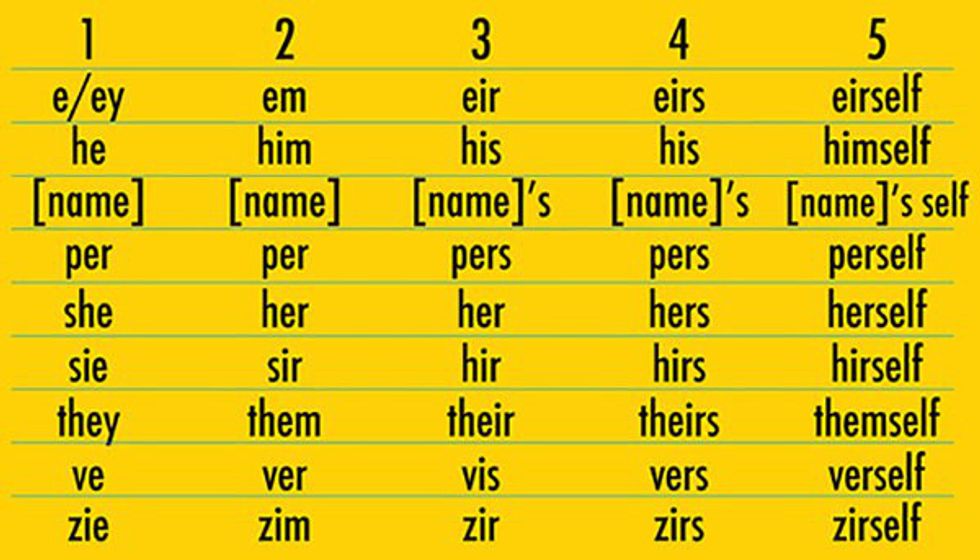Crashing. Banging. Yelling. Attacking sounds.
Talking. Singing. Laughing. Comforting sounds.
Whispering. Wind through trees. Silence. Faint sounds.
Sound, it surrounds us, envelops us; inescapable, woven into our daily lives. The sound of Majuro describes our island life as much as our paradise pictures. Its many layers create a vivid sound canvas, contrasting strongly with the American noises of home.
The base layer of sound, preparing the canvas for work, is found early every morning. Wind whistles through a crack in the window and a fan gently hums as you get out of bed. Blearily stumbling out the door for staff worship, you find the wind whipping across your face and howling around the building. Glancing at the ocean shows waves roaring, crashing incessantly as they dash the shore with unbridled force. Nature puts on a show, claiming the background of the canvas.
In comparison, American noise begins with industrial sounds early every morning. Cars driving by on the road or an air conditioning/heater buzzing. Going outside shows other people barely awake and hurrying to classes, not too many listening for various noises. Nature is often largely drowned out.
The sound canvas of Majuro begins to get its shape as morning greetings roll around. Hearing “iakwe!”, “bula!”, and “good morning!” and several other languages mingle, is a welcoming sound for staff worships. The languages expand your perspectives and present cultural differences. However, voices rising in song soon unites the sound and sets up a quality day. Leaving the worship runs you immediately into kids excitedly calling your name, while others shout over a game or laugh about stories told by their friends. The sounds mingle and pleasantly coat the rough lines forming the sound canvas.
Finally, the canvas is splashed with color and the picture takes shapes as the children all appear for the school day. Screaming and laughter ring out as their feet patter into their respective lines. Teachers’ yells are hardly noticed as they attempt to control the chaos. The children's' sounds eventually transform into marching flip flops and the classrooms fill up. Typical school sounds commence with loud singing of worship songs and conversations about the weekend. Complaints about work, asking for help, cheers during group competitions and random yells accompany the rest of the day.
The kids of Majuro also add a depth to the sound canvas. They cry and screech in hurt and anger, waiting for you to comfort them or simply listen. They will say surprising things, setting your own mind truly working. Kids are often full of creative answers and teach valuable lessons. They are the reason for viewing the Majuro sound canvas.
Listening during a college school day in America is the polar opposite. In class, you find the only noise is the professor talking with a few intelligent questions from students. You mainly talk with your friends during breaks and focus on listening to lectures. Lunch provides the chance to hear noise from the cafeteria and hang out with others. However, it is soon back to the classroom or library.
The ending touches and details for the Majuro canvas is put on during the evening. Walking downtown after school you hear kids everywhere, calling out from every direction. They run, play, walk, swim and group together all around town. Alongside the kids are the adults, making sounds playing volleyball and basketball or simply hanging out talking. Everybody seems content to relax and enjoy each others company as the cooler evening temperature sets in. The evening sounds pleasantly round out and complete the sound canvas.
A canvas full of powerful, absorbing sound. Welcome to my Pacific Island.

























